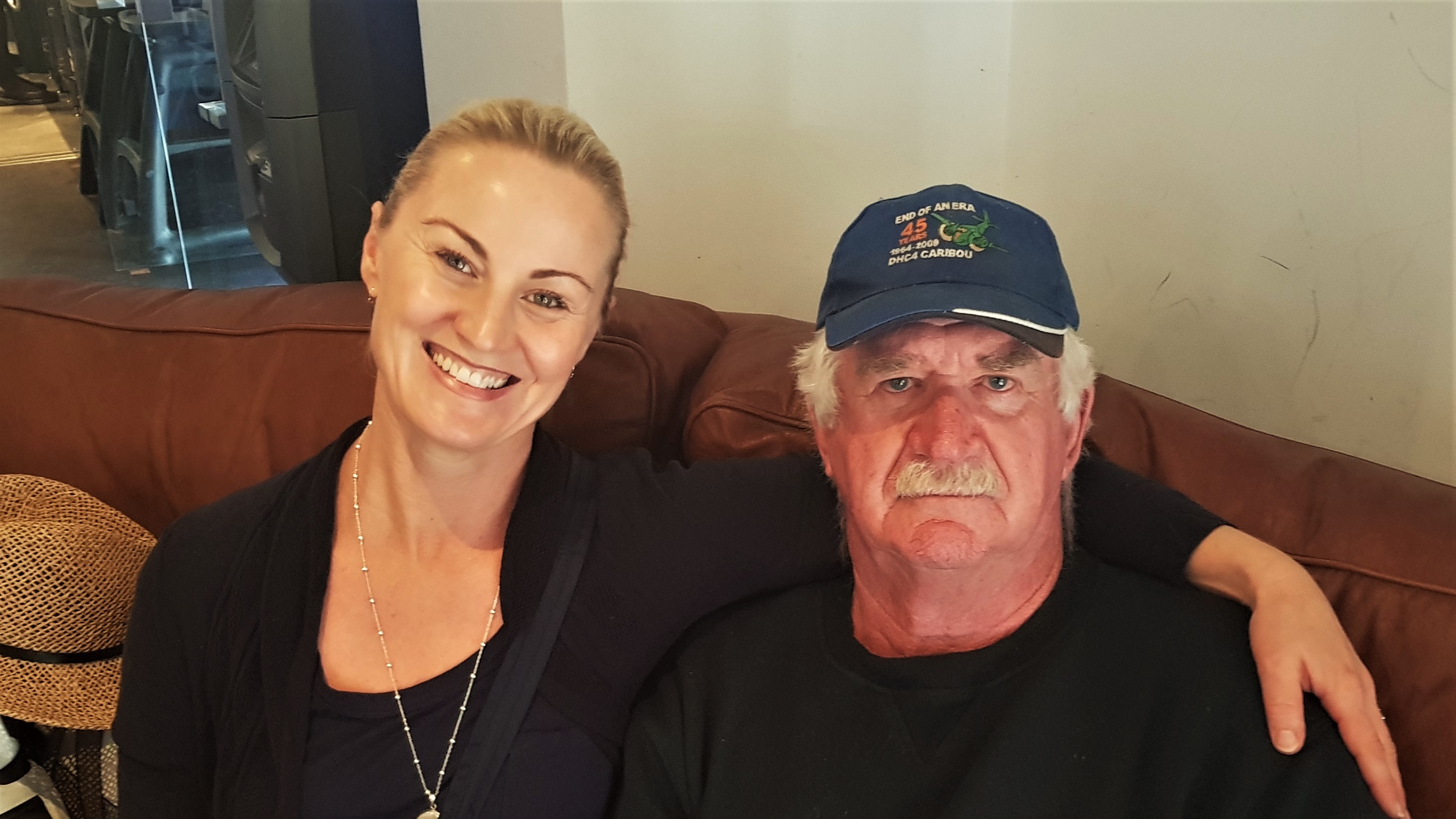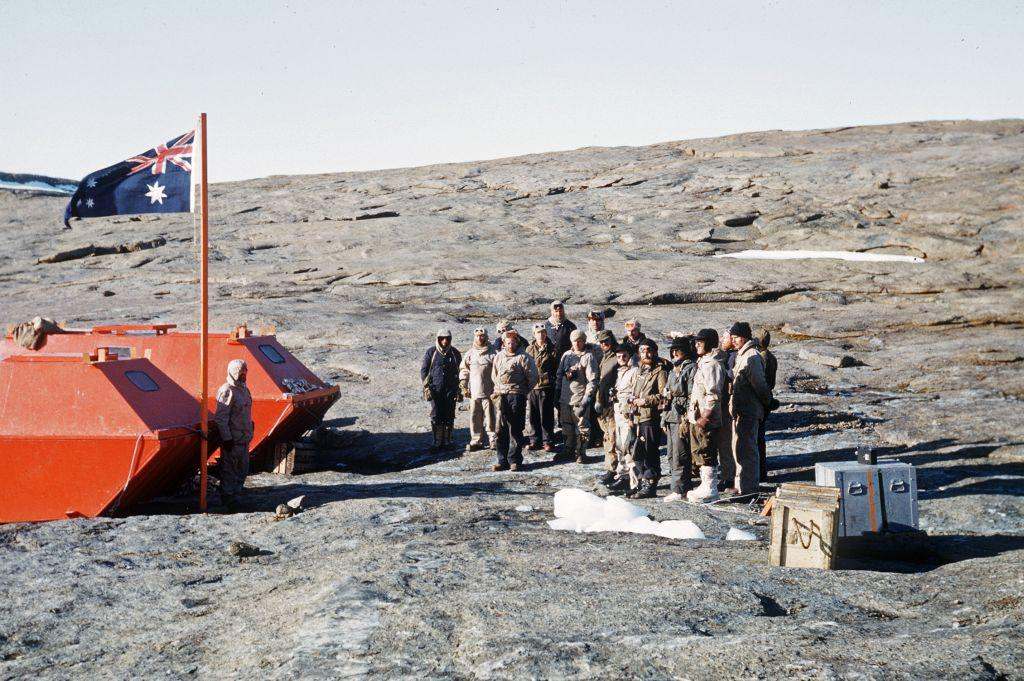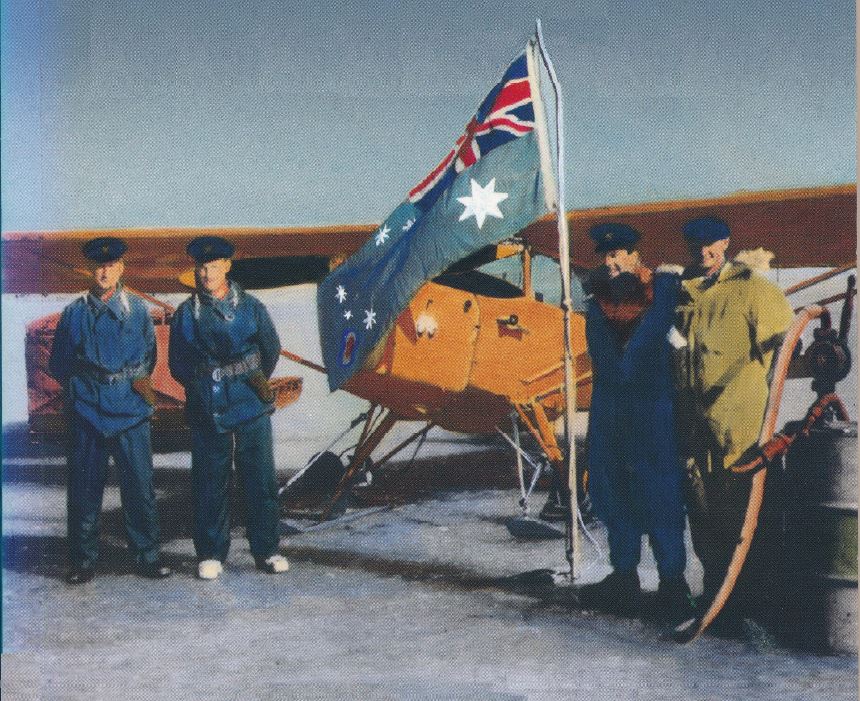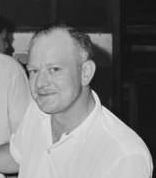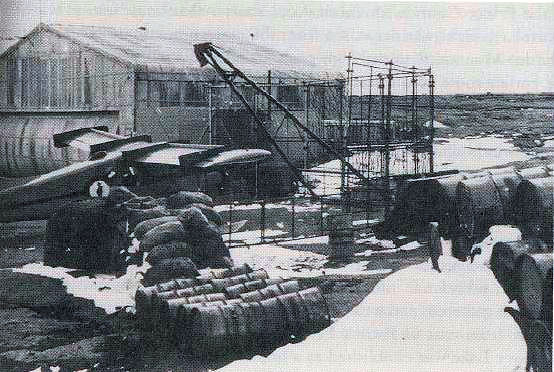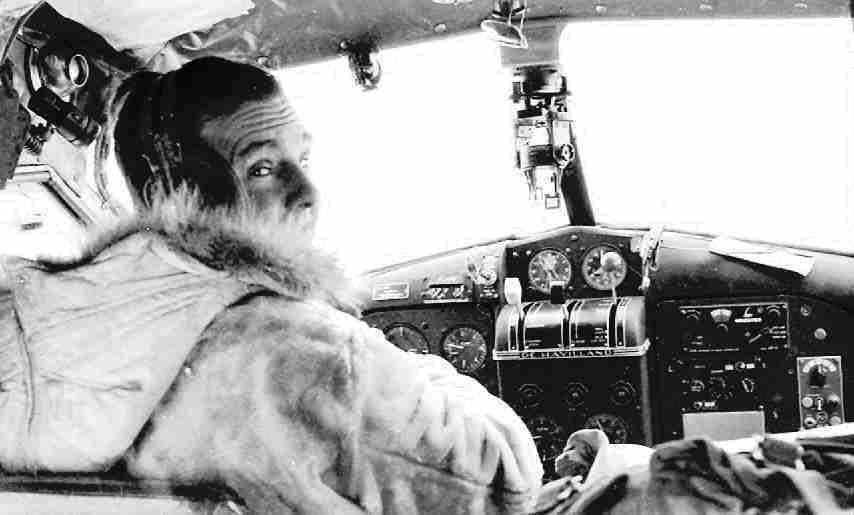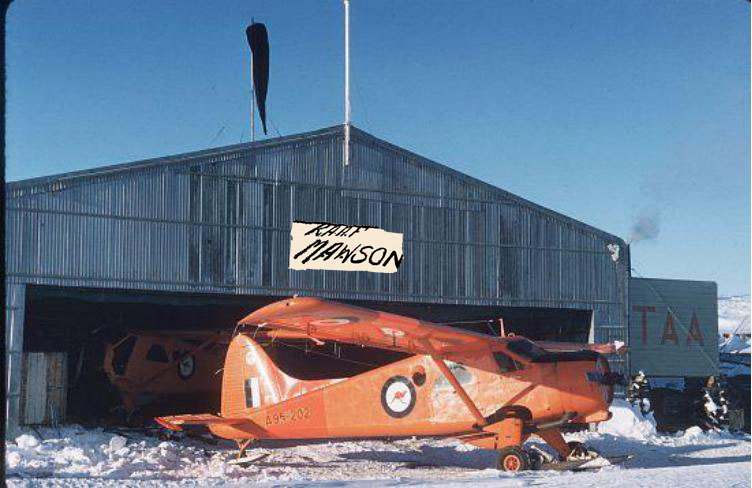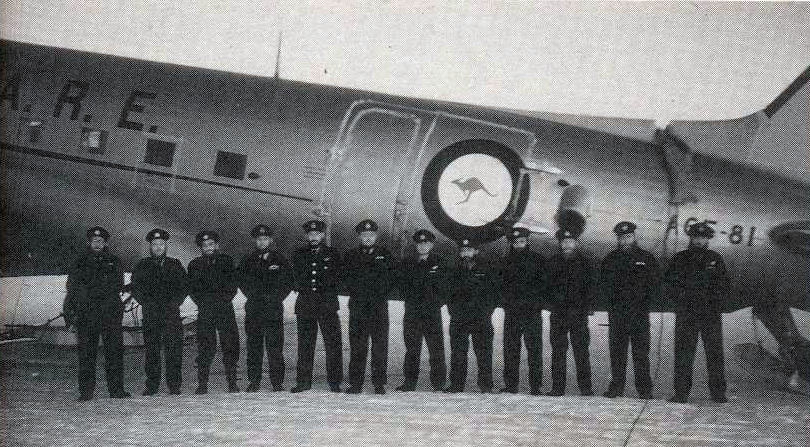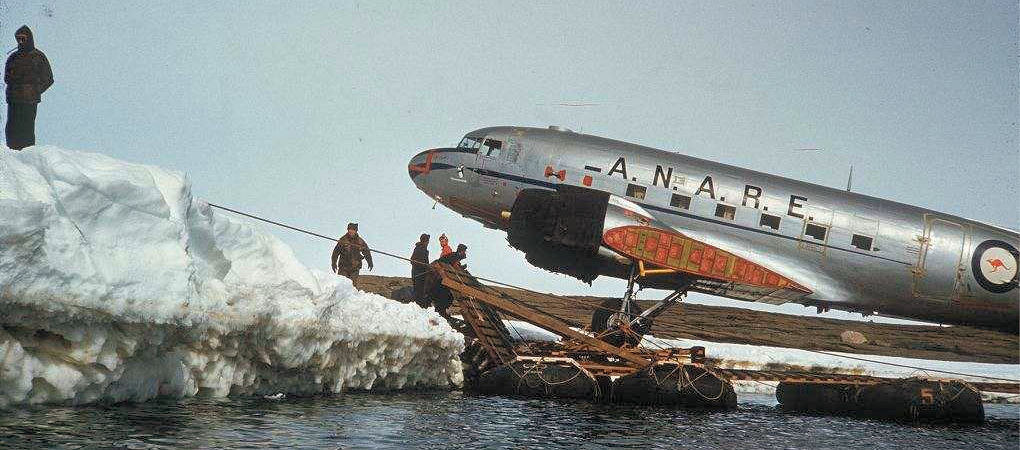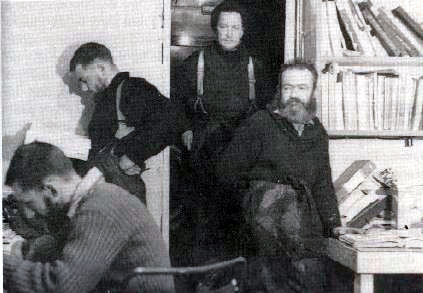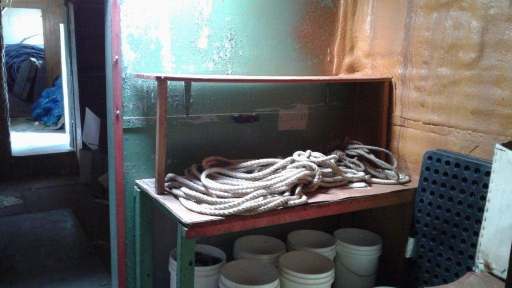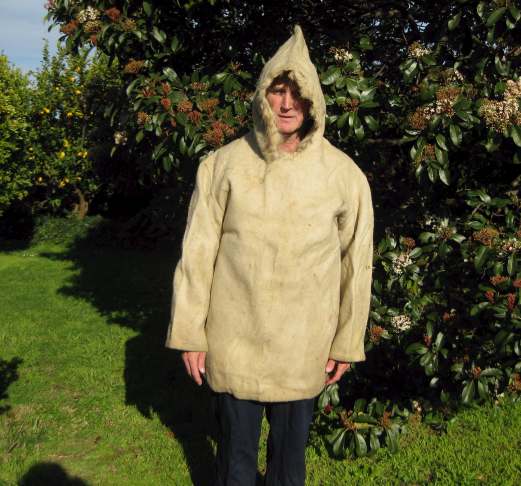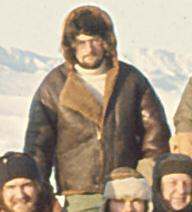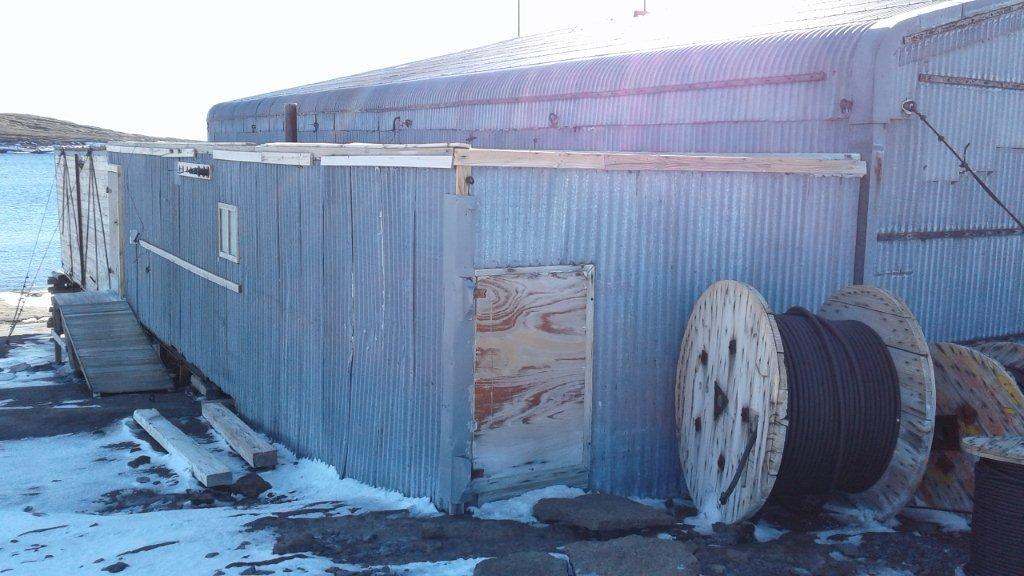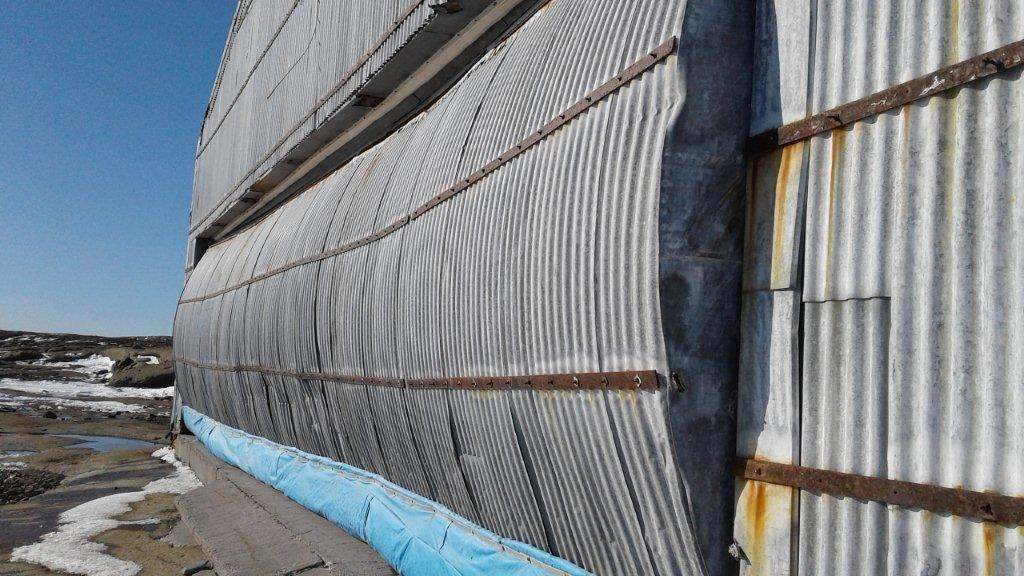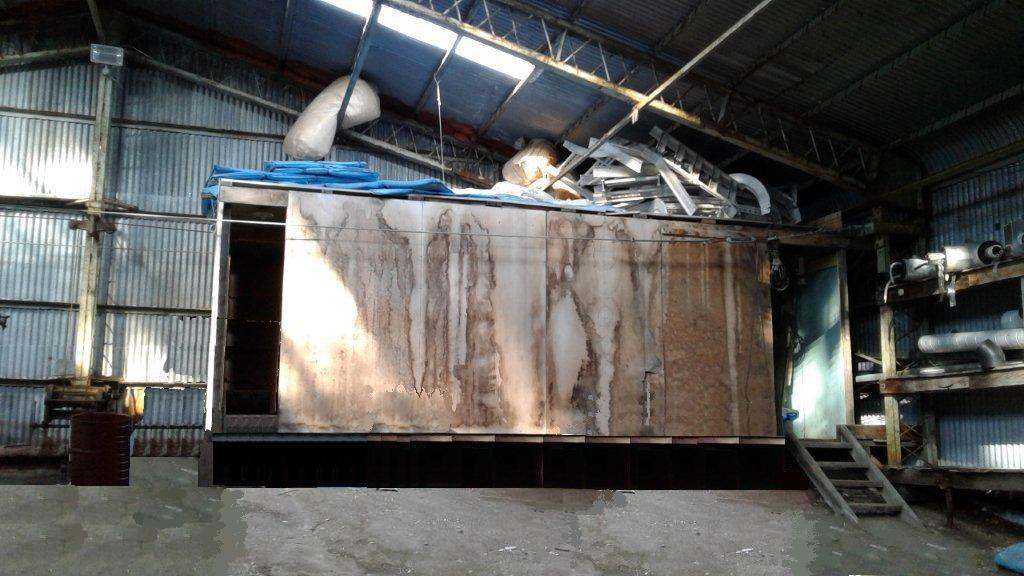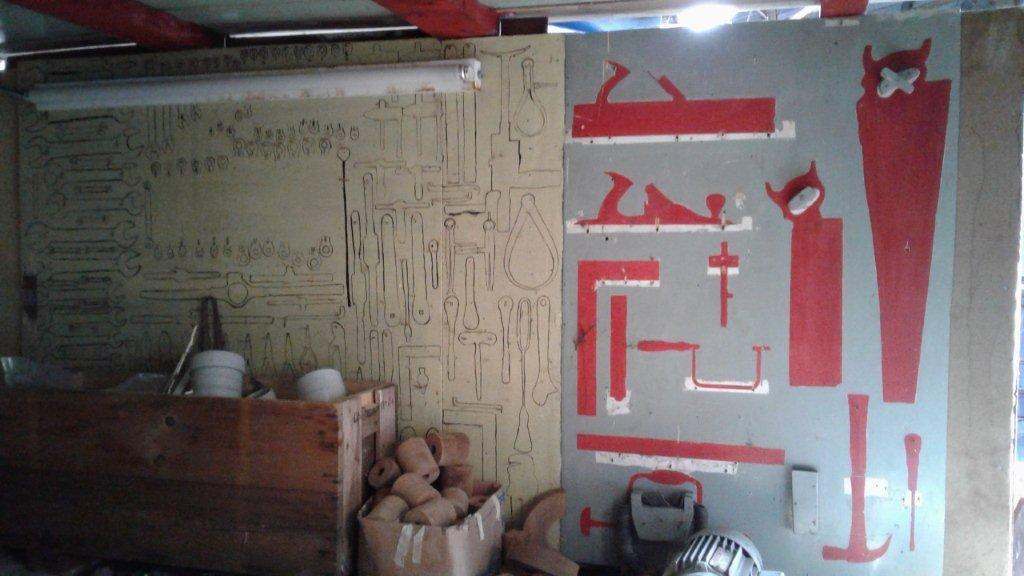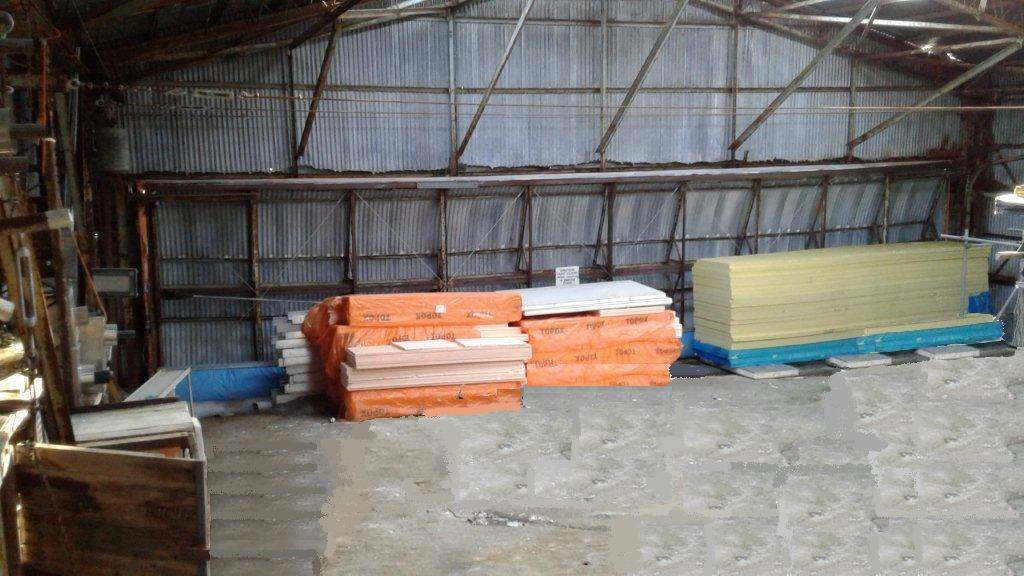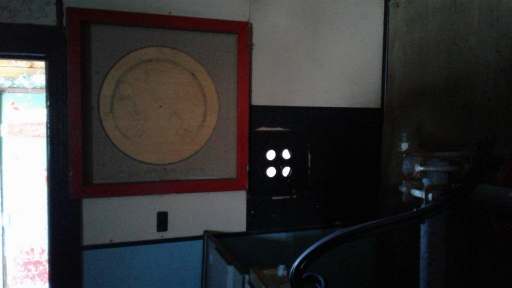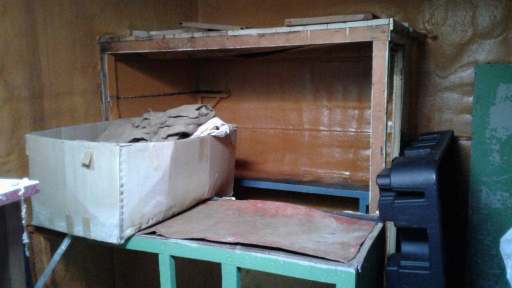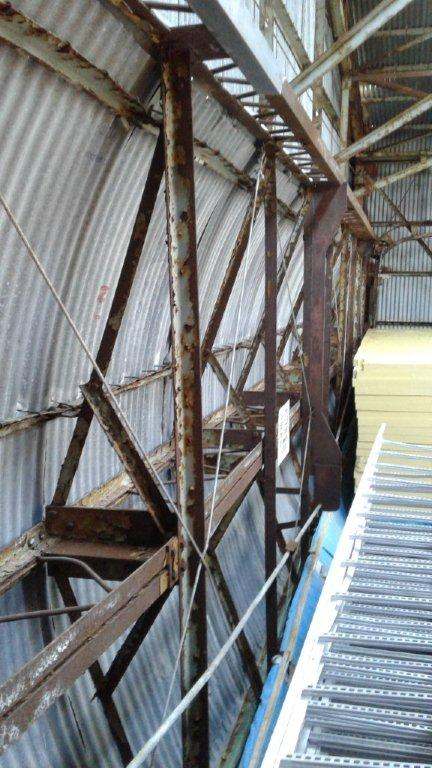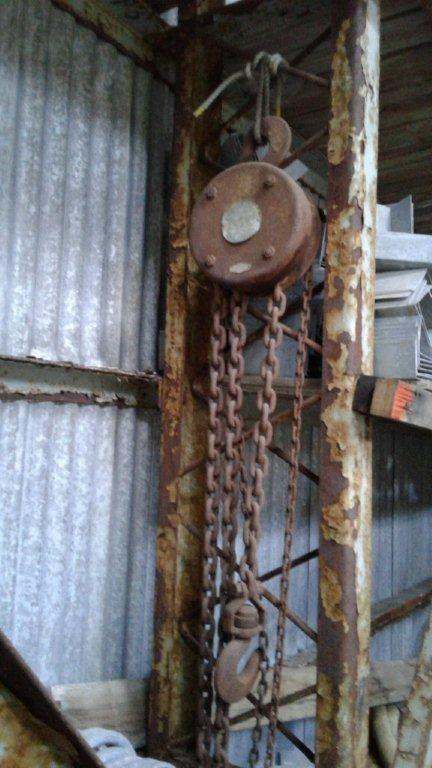|
|
||||
|
||||
|
Privacy Policy | Editorial Policy | Profit Policy | Join the Association | List of Members | Contact us | Index | Links |
||||
|
Back Go to page: 1 2 3 4 5 6 7 8 9 10 11 12 13 14 15 16 17 18 19 20 Forward
|
||||
|
|
||||
|
The People I meet.
The other day I travelled up the Bruce Highway to the little township of Eumundi (about 120 klm north of Brisbane) which, as a lot of people know, is famous for the magnificent “Markets” it holds every Wednesday and Saturday. Knowing there would be thousands of people there I felt certain that if I dressed as per the masses and applied copious quantities of Old Spice, the Radtechitis would go un-noticed and I could blend in and not be adored or revered as is normally the case.
|
||||
|
|
||||
|
I spent at least an hour amongst the unsuspecting populous, grabbing the odd free ginger beer, eating a few mini dim sims, buying a few nick naks at twice the price I could have bought them at K-Mart then, when I’d had and seen enough, I decided to pop into the marvellous Imperial Hotel for a quiet thirst quencher or three.
After being free of the crowds across the road, I was so enjoying the solitude and the space that I let my defences down and before I knew it, a miniscule amount of Radtechitis escaped my person then escaped the confines of the hostelry.
Unbeknown to me, the lovely Jane Bergamin was also at the markets, having popped up from Tasssie for a few weeks in order to thaw out. She had just bought her second pack of fairy floss and a sarsaparilla when she got the briefest of brief whiffs of Radtechitis and her nervous system went into high overdrive. Hurling the fairy floss and the sarsaparilla into the air and with an involuntarily throaty yahoo bursting forth and with her sense receptors on high alert, she spun around three or four times on tippy toe until she locked on to the source of that elusive Radtechitis.
With instinct overriding sane behaviour and with arms spread wide, she raced through the throng of market goers, scattering tattooists and clairvoyants who were forced to dive for cover. She dashed into the hotel and to the astonishment of other guests enjoying the odd quiety, flung herself upon my person in order to snatch a minute dose of Radtechitis.
Being the kind and generous person that I am, and although not liking it one bit, I allowed her to drape herself upon my person for some time after which I was forced to extricate myself and ask the delightful Jane to return to her friends and family.
Such is the burden those with Radtechitis must endure.
Jane is a very youthful and fit 46 year lady who lives in the not so warm city of Launceston in Tassie. She’s been married for 21 years and is the mother of two gorgeous sons, Thomas 13 and Henri 10 who are both keen soccer players, hence most winter weekends she’s in the car driving to games and shivering on the sidelines! She is also a Registered Nurse and Midwife, working at the General in Launceston. A job that she loves!
She loves to keep fit and active through Bikram yoga, boxing/gym, swimming and walking, and it shows. She also loves the outdoors and time spent on family holidays, locally and abroad.
She and her family live on a small property in the wine region of Launceston and raise some fat lambs and keep chooks for eggs. Both she and her husband, Mario, enjoy gardening, especially their veggie plot.
She says “Life is good….we are lucky to be healthy and happy!”
|
||||
|
RAAF Base Mawson
Brendan Godwin writes: “Before going to Mawson Antarctica in 1974, I had completed 6 years in the Air Force. I was discharged in 1973 from Amberley and joined the Bureau of Meteorology for the 1974 expedition. I wasn’t aware there had been an Air Force base at Mawson until I arrived. If I was to close a couple of incidents out of my mind, I could have been excused for thinking I was being posted from RAAF Base Amberley to RAAF Base Mawson. There was the minor incident of a mere discharge in between and the RAAF Base Mawson had closed a decade before our arrival in 1974. Apart from that, it could have been a posting.
I’ve written the following and in doing so have borrowed some material from a book called Alfresco Flight (You can get that book HERE). This is about “Antarctic Flight” which was the RAAF unit based at Mawson. Antarctic Flight commenced a number of years before the Mawson base and continued for 1-2 years after Mawson was closed.”
Antarctic Flight.
Antarctic Flight Role: Expeditions and Rescue
They were simply called Antarctic Flight, not No. 1 Antarctic Flight or 1 AF as is traditional with the naming of Air Force units. The Air Force uses No’s and acronyms for most of their units but 1 AF is an acronym for something else on the RAAF acronym list. The base opened at the same time as Mawson Australian National Antarctic Research Expedition or ANARE station commenced. Two Auster aircraft, A11-200 and A11-201 were taken to Mawson on the Kista Dan, they were used as support aircraft to guide the Kista Dan into and out of Horse Shoe Harbour, or Horse Shoe Bay as it was called then. The aircraft also did inland and coastal surveying, mapping, photography and scientific flights in support of the ANARE expedition.
On the 13th of February 1954, Phillip Law proclaimed Mawson for Australia. Claiming territory depended on certain formalities, including building a rock cairn, raising a flag and reading a proclamation. It was significant our military were present for this ceremony, even though they were not performing a military function.
The Air Force also held an opening ceremony for the RAAF Base.
|
||||
|
|
||||
|
L to R: Sgt. Frank Morgan (airframe fitter), Sgt. Ken W Duffell (Engines), Flt Lt Doug W Leckie (CO) and Flt Sgt. R Seaver, 2nd Pilot.
|
||||
|
The aircraft were only used for the summer operation and returned with the Kista Dan to Australia. During the return journey, A11-200 was lost over the side of a ship. Two summers later, two aircraft were taken south again. The one surviving Auster (A11-201) and a Beaver aircraft (A95-201). Squadron Leader Doug W Leckie was again to lead this Flight along with Fly Off. John Seaton (2nd pilot to Leckie), Sgt. Gerry Sundberg - right (engines, later WOE 38 Sqn) and Sgt. Geoff Johansen (airframes). The Mawson changeover was completed on the 4th of March 1956 and the Flight then began constructing Mawson’s hanger. This was completed before winter and gave them the ability to complete winter flying operations. This was the start of the permanent presence of RAAF Base Mawson. Flying commenced on 5 January 1956 and a total of 548 hours were flown in 301 sorties. The airmen did not sleep in the hanger, they slept in the ANARE village and worked in the hanger.
The original hanger was not as long as the fully completed and current hanger. This hanger was about 10 metres shorter. The hanger underwent two extensions. First it was lengthened, then the side rooms were added.
Right: The Original Hanger. Note upright boxing kangaroo on the Beaver
The new hanger is located down on the water’s edge on the end of East Arm of Horseshoe Harbour and the light aircraft used the sea ice for take-off and landing.
A range of RAAF aircraft, including a DC3 Dakota, was also based year round at Mawson from 1956-60. The planes were used extensively and successfully to survey over a million square kilometres of Australian Antarctic Territory, including the vast and remote Prince Charles Mountains.
Doug Leckie at the Beaver controls, wearing his felt flying jacket.
These years were not without mishap. Blizzards destroyed a range of aircraft stationed on the plateau inland from Mawson. Casualties included two DeHavilland Beavers in late December 1959 at Gwamm airfield which left the flight without aircraft. Gwamm is a flat plateau type area approximately 150 metres above Mawson and 1 kilometre inland.
|
||||
|
|
||||
|
|
||||
|
RAAF Base Mawson, after the hangar extensions.
|
||||
|
Gwamm has been used continuously since Mawson began until the present time for aircraft movement. In this blizzard, the Beaver snapped its three tonne tie wires and the wing tip fastener had broken loose. Pilot Sandercock climbed into the aircraft, started the engine and flew it stationary into the wind for 2 hours getting airborne from time to time. The blizzard tore the heavy railway sleepers to which A95-203 was anchored out of the ice. These dead-men were buried to a depth of two feet. Eventually a D4 dropped its dozer blade onto one of the anchors relieving the pilot. But it was all in vain. Overnight the winds blew up to 190 klms/hr and ripped a wing off the beaver and it was wiped out. Before its demise, it’s propeller was observed slowly revolved against the engine compression and the aircraft dragged the six tonne bull dozer to which it was anchored over the ice.
The biggest year for Antarctic Flight was 1960 when 12 airmen were posted to Mawson.
|
||||
|
|
||||
|
L-R: Sgt Kevin Felton, LAC B Rutter, Cpl J Arthur, SqnLdr JC Kitchenside, FltLt E Bloomfield, F/O G Dyke, Cpl H Harris, FSgt H Carne, Sgt R Murphy, Sgt D Monks, P/O K Assender, F/O N Hanson.
|
||||
|
An RAAF DC-3 was delivered to Mawson on board the Thala Dan in January 1960, to be used in conjunction with a DeHavilland Beaver. Unlike the Beaver, the DC-3 was suitable for aerial photography. These two aircraft were the only two aircraft the flight had for the 1960 year. They were to replace both Beavers lost in the previous year.
The DC3 being offloaded at Mawson
Shortly after being re-assembled, the DC-3 was damaged in a handling mishap and effectively out of action until 7 August. After a disappointing start, both aircraft were repositioned at Rumdoodle near Mawson, in readiness for operations the following summer. Unfortunately, a blizzard which raged from 8-11 December completely destroyed both aircraft. The winds reached 100 knots. The DC3 was tied down with 15 ton breaking strain steel wire and that snapped. It was found days later 8 miles west of Mawson, 400’ above sea level in a heavily crevassed ice cliff. Rumdoodle is 11 miles south of Mawson, so it was blown approximately 10 miles or 16 kilometres from its tie down point.
|
||||
|
||||
|
|
||||
|
These losses signalled the end of the year-round operations of the RAAF Antarctic Flight. They had lost all their aircraft for both 1959 and 1960. Sqn Ldr Batchelor had an air and ground crew of 9 ready, trained and posted to Mawson for the 1961 year to replace Sqn Ldr Kitchenside’s crew. These were due for departure within weeks. No replacement aircraft had been ordered. Everything happened at the last minute. Without aircraft, Batchelor’s crew postings were cancelled. Kitchenside’s crew returned to Melbourne in early 1961. His was the last crew to be stationed at RAAF Base Mawson. As Kitchenside was leaving, the Air Force decided they would not winter again at Mawson hence 1960 was the last year for RAAF Base Mawson.
Whether Kitchenside got this news the day he left is uncertain but he would have had no time to RTA all their gear. Henceforth, Antarctic Flight would only fly during the summer season, and operate on floats from a ship. There was no Antarctic Flight during the 1961 year. They returned to the Antarctic in both 1962 and 1963 going down and coming back with the ship but they didn’t visit Mawson. After its 1962-63 expedition, the RAAF Antarctic Flight was disbanded and owing to commitments in Malaya and later Vietnam the RAAF’s role in close aircraft support for ANARE operations ceased.
Antarctic Flight performed approximately 750 sorties and 2,000 flying hours out of RAAF Base Mawson. Every sortie listed in David Wilson’s Alfresco Flight has been added up but he has not listed every single sortie with the exception of 1957. A number of other sources were used for sorties and flying hours. Commercial fixed wing aircraft were chartered for support work until 1974. A turbine powered Beaver aircraft was used until 1968-69, when it was replaced with the more adaptable Pilatus Porter until 1975-81. One of the last of the Porters met the same fate as its predecessors in a blizzard at Gwamm in January 1975. AWM have a video, in colour, of the Beaver aircraft flying around Mawson and parked outside the hanger. You can see it HERE. (Allow a few seconds for it to load). It appears from the video that the Air Force used Kista Straight as their runway, taking off and landing on the sea ice.
After Antarctic Flight abandoned Mawson in 1961, the hanger was left abandoned. ANARE did not use it and still to this day have not used the hanger facilities. Successive ANARE wintering parties appeared to treat the former base and hanger as still belonging to the RAAF and appear to respect it as such. When I wintered at Mawson in 1974, I visited the hanger.
|
||||
|
||||
|
Dave McCormack was one of our diesel mechanics in 1974, he wintered several times and later was appointed to the position of Plant Manager for the Antarctic Division, a position he held till his retirement. On one of his winters to Mawson in 1983, he repaired the hanger door. He constructed a big brace on the interior framework of the big door to support it before finally getting it to rise again after it fell down. The door had fallen out of the ceiling and nearly killed the chippy from the 1982 party. Dave turned it into a great storage area for vehicles and equipment and sealed all the holes and cracks with guzma foam. He also put some more skylights in the roof to let in more natural light. He found these skylights sheets in a box out the back buried is snow and ice.
The Air Force installed a couple and obviously had plans to install the rest. This was the first time the hanger had been used by anyone for anything since the RAAF departed in 1961. Unfortunately, though, in the following years after 1988, Dave’s last winter there, some winterers started to use it as a dumping place for all the junk they didn't want and one person ran a big vehicle into the door so now it can’t open safely and the door hasn't been opened for many years.
ANARE have now decided it should be a heritage building. To this day, Dave McCormack has been the only person to do any work on the hanger since the Air Force departed in 1961. Also as plant manager, Dave has gone south with the summer parties almost every year up until around 2014. When he visits Mawson, he takes people on tours of the RAAF Hanger.
Documents of records of the RAAF sorties and operations carried out by Antarctic Flight were retrieved from the hanger offices. Dave found one in the Station Commander’s office and no one knew it was there. He returned it to the Antarctic Division for archiving. I found another one of these in the Mawson library when I was there in 1974. I perused over some of their sorties. In hindsight, it is now easy to see why the Air Force left everything including flying log books behind. When Kitchenside’s crew left, he was expecting a replacement air crew. By the time he actually departed he would have known that his replacement crew’s postings had all been cancelled because of the lack of aircraft, but he would still have been thinking that another crew would come the following summer. He didn’t pack up for a permanent departure, he packed up for another crew to come later.
The decision to abandon Mawson was made by the Air Board in a meeting on the 10th February, 1961, 1 day prior to his departure. The earliest he could have received that news was the day he departed. He left everything for the next crew but the next crew never came. The Air Board’s decision was based on the cost of the aircraft losses balanced against any gains the Air Force could make. The Air Force didn’t obviously care much for what they had left behind, they never arranged for ANARE to return all their belongings, they were simply abandoned. When we departed in February 1975, the boxes of flying suits were still there. Dave McCormack returned to winter again in 1978 and those boxes, along with the woollen lined leather flying jacket, were nowhere to be seen. Someone from either of the 1975, 1976 and/or 1977 wintering parties souvenired everything.
Dave McCormack returned to winter again in 1988. During that year he went on the Autumn traverse out to the Northern Prince Charles Mountains to set up the new summer base (later named Dovers). On that traverse, he found the remains of the “250 mile depot”, put there by Doug Leckie in 1955/56 to support the 1956 field party led by Bill Bewsher and Syd Kirkby the surveyor. The depot had lots of stuff in it which Dave RTA'd. It contained a heavy woollen jumper and a jacket with Doug Leckie’s name tags on them and other bits as well. These all disappeared from the Antarctic Division store some months after he got back. The building though was one of the first buildings built at Mawson and it has withstood the test of time including all of the many howling blizzards and 100 knot plus winds. That’s 185 kilometres per hour plus, over 200 kilometres per hour winds that strike Mawson many times every year.
Following is a gallery of some general photos of the RAAF’s hangar including some internal photos. These have been provided courtesy of Dave McCormack. Dave made a special trip back to Mawson in 2017.
|
||||
|
|
||||
|
|
||||
|
|
||||
|
|
||||
|
|
||||
|
|
||||
|
|
||||
|
|
||||
|
|
||||
|
|
||||
|
||||
|
|
||||
|
ATTORNEY: All your responses MUST be oral, OK? What school did you go to? WITNESS: Oral...
|
||||
|
||||
|
|
||||
|
ATTORNEY: What is your date of birth? WITNESS: July 18th. ATTORNEY: What year? WITNESS: Every year.
|
||||
|
|
||||
|
|
||||
|
Back Go to page: 1 2 3 4 5 6 7 8 9 10 11 12 13 14 15 16 17 18 19 20 Forward |
||||
|
|

